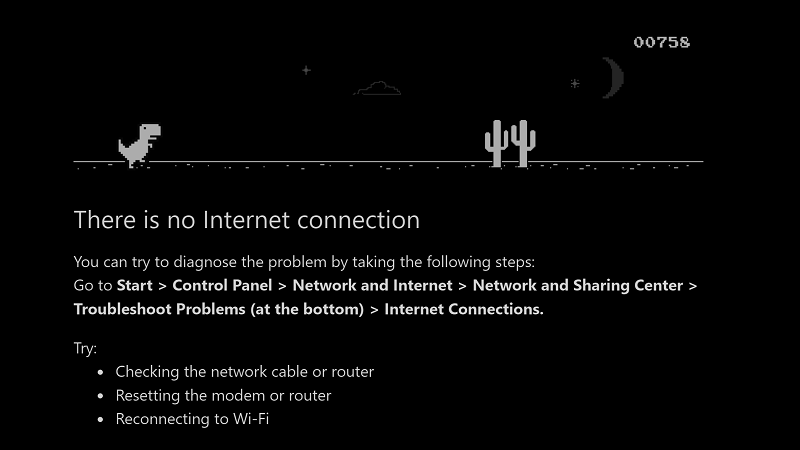- South Africa is beset by multiple connectivity failures including undersea cables and certain services being inaccessible.
- Ironically, the Internet Service Providers’ Association has published a report highlighting how lack of competition can leave South Africans without internet access.
- The report suggests that 54 percent of the population lives in an area with only one choice of fibre connectivity provider.
Millions of South Africans are struggling with fibre connectivity today thanks to damage to several undersea cables. In addition, Microsoft Azure is experiencing connectivity issues that have increased latency and – in some cases – access to services.
Given how South Africa’s fibre networks are managed and connected, these breaks mean that until network operators can activate backup measures, millions of South Africans are thrust offline.
Certain customers are currently experiencing intermittent connectivity issues due to multiple undersea cable failures affecting SA's network providers, including us. We apologise for any inconvenience caused.
— Vodacom (@Vodacom) March 14, 2024
MyBroadband has confirmed that there are multiple issues with undersea cables on the Western Coast. Many of these problems appear to stem from the area near Abidjan in Côte d’Ivoire.
Adding further insult to injury, Microsoft Azure is reporting network infrastructure issues across South Africa West and North.
Ironically, the Internet Service Providers’ Association of South Africa (ISPA) has published the results of its Open Access Network mapping project today. This report showcases that for many South Africans there is no choice in how they connect to the internet.
Using available mapping data from a number of networks, ISPA has managed to create an enlightening picture of South Africa’s fibre connectivity landscape. The non-profit notes that there are limitations in its data but, the results of the project “gives a good high-level picture of the state of fibre-based internet access in South Africa”.
Analysing as many as 24 open access networks (OANs) ISPA estimates that 33 million people – or 54 percent of the population – lives in an area where there is at least one fibre operator. The association interprets this to mean that these South Africans only have one choice in provider.
“This means that these consumers are not able to enjoy the pricing and quality benefits of infrastructure or service based competition,” ISPA chairperson Sasha Booth-Beharilal said in a statement.
Drilling into the data we can see – in the table below – that the Western Cape has the most choice in how households connect. On the other end of the spectrum, Limpopo residents have next to no choice.
| Region | Population | No OAN | Monopoly OAN | Choice of OAN |
| Eastern Cape | 6,735,599 | 69% | 15% | 15% |
| Free State | 2,949,107 | 63% | 22% | 15% |
| Gauteng | 15,652,452 | 13% | 23% | 64% |
| KwaZulu-Natal | 11,660,403 | 60% | 17% | 23% |
| Limpopo | 5,766,375 | 81% | 11% | 8% |
| Mpumalanga | 4,725,254 | 68% | 15% | 17% |
| North West | 4,151,744 | 63% | 22% | 16% |
| Northern Cape | 1,308,270 | 59% | 27% | 14% |
| Western Cape | 7,092,792 | 7% | 24% | 69% |
| National | 60,041,996 | 46% | 19% | 35% |
Overall however things look shocking with only 35 percent of South Africans having a Hobson’s choice when it comes to internet connectivity. ISPA found that even among high-income households choice of fibre connectivity can be limited with only 75 percent of top quintile households able to choose from multiple providers.
So, as with today, when the internet goes down millions can’t connect because the only choice they had for internet is inadvertently affected by a cable break or other issue.
Mobile networks can help fill that gap but as we learned earlier this week from OpenSignal, the local mobile internet is so bad naming a network the best is like crowning last place in a race the first of the losers.
More needs to be done to stoke competition in the connectivity sector especially in regions such as Limpopo. We know the internet creates opportunities, but folks need to be able to access it affordably first.

